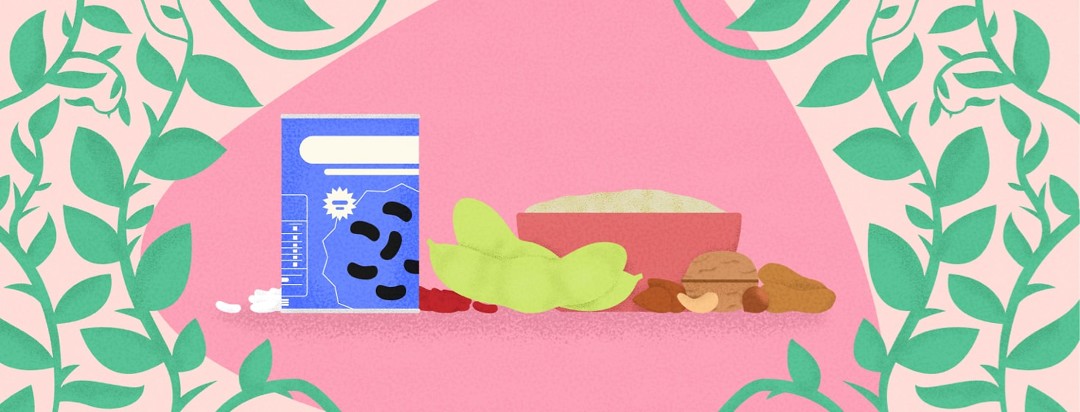Go Plant-Based With Your Protein!
When you are diagnosed with type 2 diabetes, you may find yourself switching from a carbohydrate-dense diet, to a more vegetable and protein-dense diet. Often people are aware of the animal sources that provide protein such as meat, cheese, and milk. But the plant-based protein options aren’t always common knowledge.
Plant-based protein for a type 2 diabetes diet
Here is a breakdown of some great plant-based protein sources. Adding them to your weekly meal rotations may help expand your variety and leave you feeling more excited about trying new recipes or meal planning!
Quinoa
Quinoa has been at the top of the healthy foods lists for years now. It is the only grain that is considered a complete protein, which means it provides all of the amino acids the body needs. Easy to cook and with a light flavor, the options for ways to incorporate quinoa are numerous. Some of the more popular ideas are to use it in place of brown or white rice, as a base for a veggie burger or meatless meatball, and even in a salad. One-quarter cup of dry quinoa provides 160 calories, 28 grams of carbohydrate, and 6 grams of protein. It also contains 3 grams of dietary fiber to help keep you satisfied post-meal!
Edamame
Also known as soybeans, edamame is a popular choice for a plant-based protein. Low in calories and high in protein, this green bean has a chewy texture and delicious flavor. Edamame can be used in a stir-fry, atop a salad, or even as an appetizer. Many companies use a soy base for their frozen veggie burgers or granola bars, to provide protein while still appealing to the vegetarian consumer. Half a cup of shelled edamame provides 120 calories, 9 grams of carbohydrate, and 10 grams of protein. Dietary fiber is again high at 3 grams, which is always a win, especially when you are a person with diabetes. Dietary fiber may help slow the digestion of food leading to a slower rise in blood glucose levels.
Beans
There are so many bean options, you are bound to find one that you love! From kidney to black, garbanzo to cannellini, the recipe possibilities are endless. Beans work well as a meat substitute in soups, tacos, salads, and burgers. And they boast the nutrient value we are all striving to obtain! Take black beans for example. One-half cup provides 110 calories, 21 grams of carbohydrate, 7 grams of protein, and 10 grams of dietary fiber! Talk about a superfood! Dry beans and canned are both good options. If you are looking to decrease your sodium intake, rinsing your beans before consuming them can decrease the sodium value by up to 40%! That is worth a try even if you don’t follow a low sodium diet.
Nuts
Nuts and nut butter are amazing plant-based protein options. Two tablespoons of peanut butter provides 190 calories, 7 grams of carbohydrate, 8 grams of protein, and 3 grams of dietary fiber. Try mixing some into your yogurt, topping a small waffle, or even on a celery stick. Almond butter, mixed nut butter, and cashew butter are all great options if you are looking for a new flavor or variety!
So if you are tired of the same old meat and potatoes, give these protein options a try!

Join the conversation